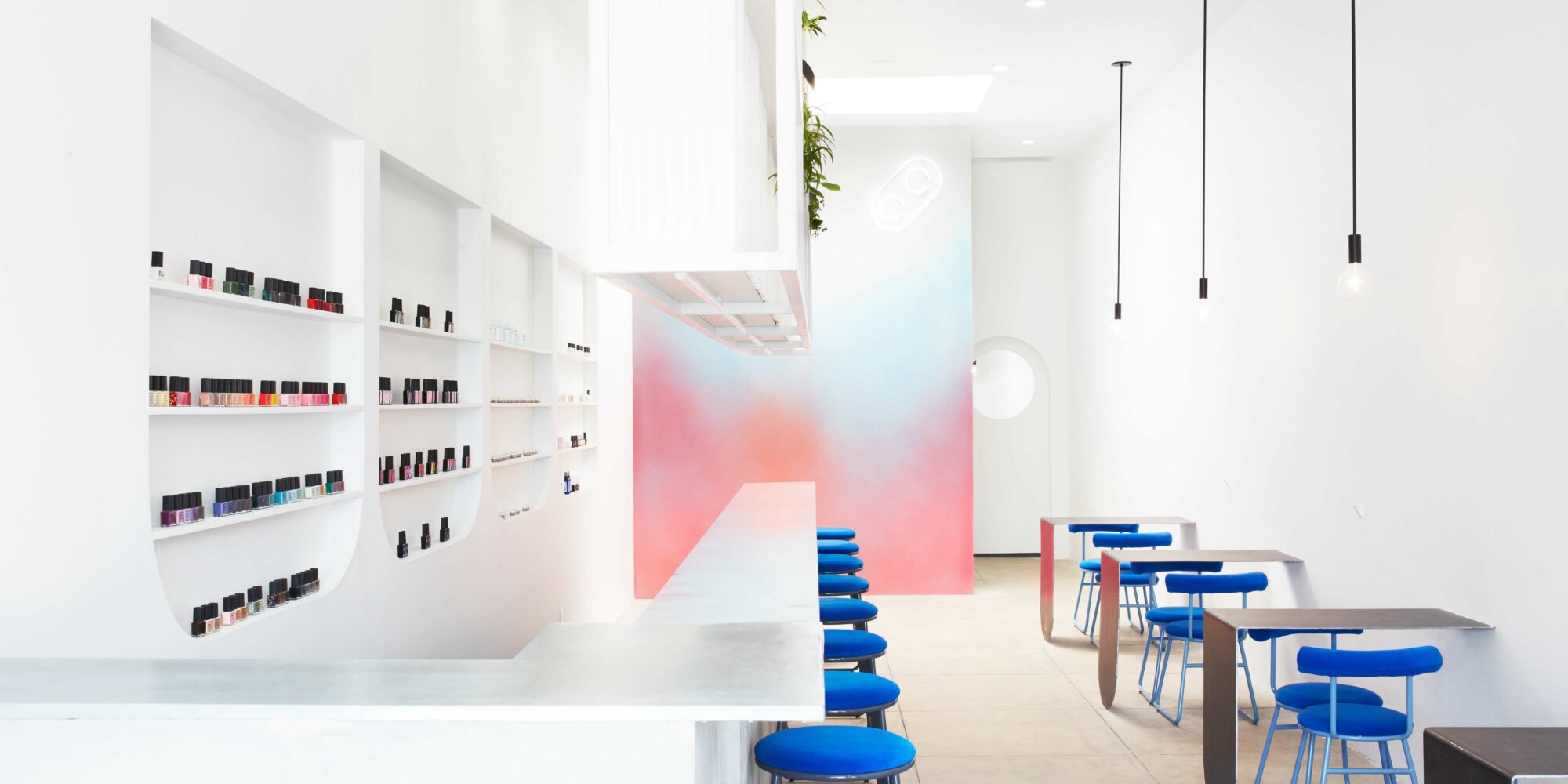
Color Camp Founder Lauren Polino Says Consumers Aren’t Willing To Pay For Better Nail Salons
On Monday last week, The Nail Tech Org staged a campaign in which thousands of nail technicians across the United Kingdom raised their nail service prices to demand higher wages. The British nail service education platform reports that its members earn on average 7 pounds per hour or around $8.72, less than the U.K. minimum wage of 11.44 pounds or around $14, for services priced at 30 to 40 pounds or around $37 to $50.
In the United States, nail technicians likewise regularly receive hourly pay under minimum wage for services priced on average at roughly $23 to $51. While there hasn’t been a U.S. campaign similar to the one staged by The Nail Tech Org, an investigation by The New York Times in 2015 that discovered widespread labor abuses in the American nail service industry was a wake-up call for the industry and consumers about the horrible toll nail technicians suffer for cheap manicures.
Lauren Polino, née Caruso, a Harvard Business School graduate and former corporate finance associate at The Walt Disney Co., heard the call—and she wasn’t alone. In 2017, she founded Los Angeles nail salon concept Color Camp when contemporaries Base Coat and Olive & June also operated LA nails salons to deliver an elevated experience she sought and thought others would, too. It had snazzy aesthetics à la SoulCycle, Drybar and Sweetgreen and a streamlined menu that stuck to manicures patrons could customize with nail art.
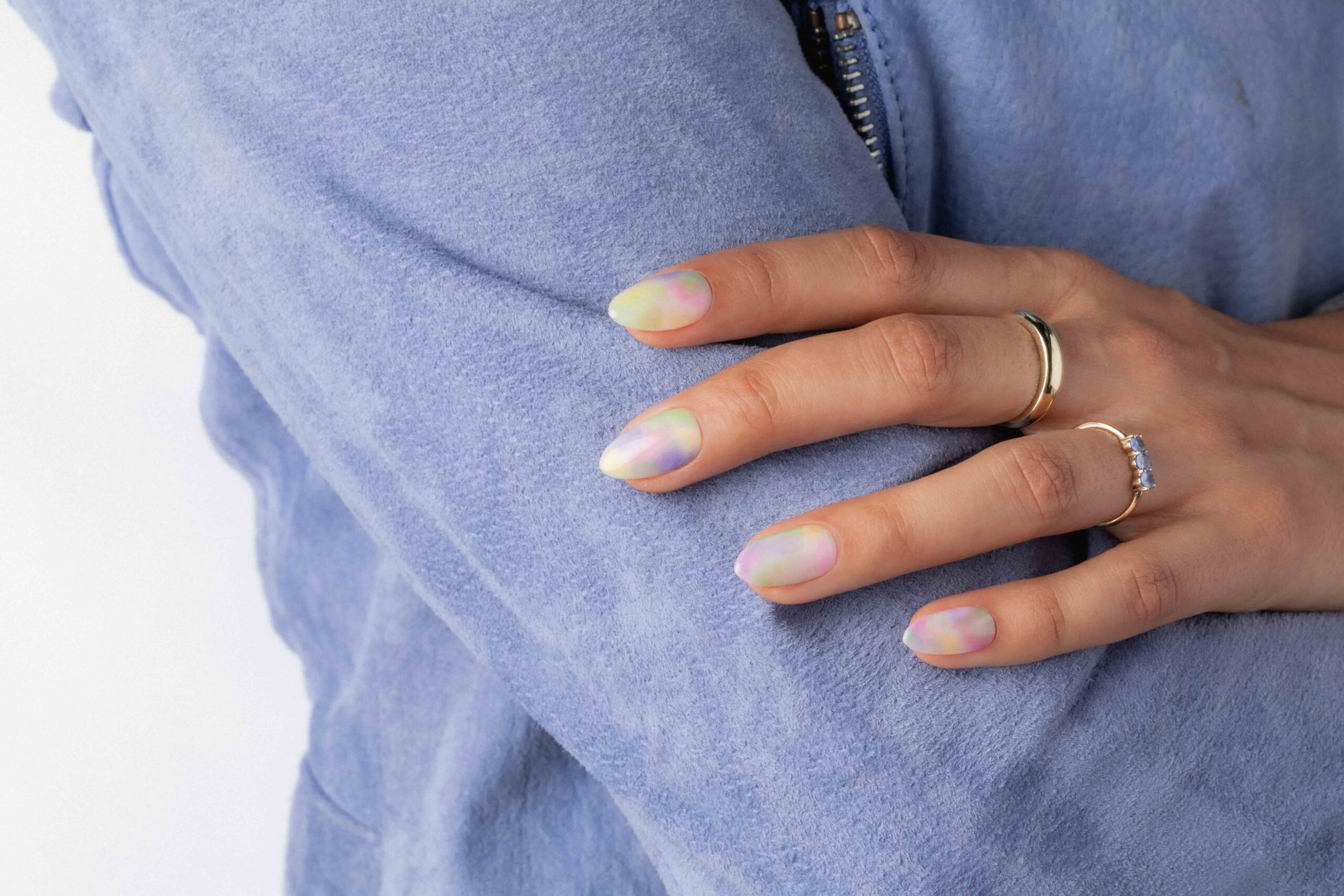
Color Camp’s starting wage for nail artists was minimum wage: $14 hourly in 2020. Nail artists could earn a base wage as high as $20, and tips averaged $7 to $10 an hour. Nail artists were formal W-2 employees rather than 1099 independent contractors and had worker protections such as paid breaks, overtime pay and paid sick time. At Color Camp’s height with two locations, it had 45 employees.
The salons each generated almost $1 million in revenues per year, but they were never profitable. Polino raised around $1.6 million in funding for Color Camp, and she faced the daunting prospect of having to raise again to keep it open in a fundraising environment that prized profitability. She decided not to. In July 2023, Color Camp informed its customers it was closing. Olive & June and Base Coat have closed their nail salons as well.
Polino, now in the hospitality industry at boutique hotel chain Proper, says the big lesson from Color Camp is that “there’s a mismatch between what consumers are demanding of companies from a social and labor standpoint and what they are willing to pay.” She continues, “It would be great if there was a better experience, but consumers are OK with what exists already. I wanted to create a clean, consistent and beautiful experience, but the customer service, technology and a beautifully built-out space were added costs, and it was hard to make it pencil out.”
Consumers don’t understand the math, and it doesn’t help that external funding of consumer companies has distorted the equation. “A nail salon is a very tough business to be in. I believe a better experience should exist, but I have lots of skepticism of whether it’s possible without significant advancements in technology, product improvements or some other innovation,” says Polino. “So many of the consumer businesses over the last 10 years were subsidized by VC-funding, and a lot of them have proven not to be sustainable or fundamentally good businesses.”
“There’s a mismatch between what consumers are demanding of companies from a social and labor standpoint and what they are willing to pay.”
At Color Camp, labor was the single largest cost. It was 10X rental costs. To try to achieve profitability and still pay nail artists decent wages, Color Camp bumped prices up, but encountered consumer pushback. It initially offered a gel manicure for $40 and what it called a Super Gel premium manicure for $50. Simple nail art was $85, and seasonal nail art was $95. It didn’t charge for removing the gel customers had on upon arriving at the salon. The average ticket at Color Camp was around $65, and a salon could see some 300 customers a week.
In the fall of 2019, Color Camp adjusted prices on nail art, which practically all customers got, to $85 to $115 and charged customers $10 for gel removal. Customers complained about the price increases, especially the gel removal charge because they expected gel removal to be free. “It’s so time consuming to remove gel, and people don’t want to pay for it,” says Polino. “That adds 10 to 30 minutes depending on the amount of product. That really hurts your dollars per minute.”
Polino constantly checked Color Camp’s key performance indicator (KPI) dashboard, zeroing in on dollars per minute in particular. Her goal for services was to hit a dollar of revenue for every minute. She explains that massage and spa businesses can pencil out where nail salons can’t because they can charge more and their service times are prescribed, leading them to usually exceed a dollar of revenue per minute. For example, a 50-minute facial at Heyday, a chain with a location on Beverly Boulevard in LA not far from Color Camp’s old location on the street, is priced at $145 for non-members.
Toward the end of Color Camp, Polino jettisoned its nail salon locations in favor of selling nail products. In the first month of introducing press-on nails in direct-to-consumer distribution, the press-on nails reached sales equivalent to the sales at a salon. Eventually, Color Camp’s introduced over 600 press-on nail designs and sold about 100,000 manicure kits. It relied on a made-to-order production process that yielded high-quality press-on nails, but was difficult to scale.
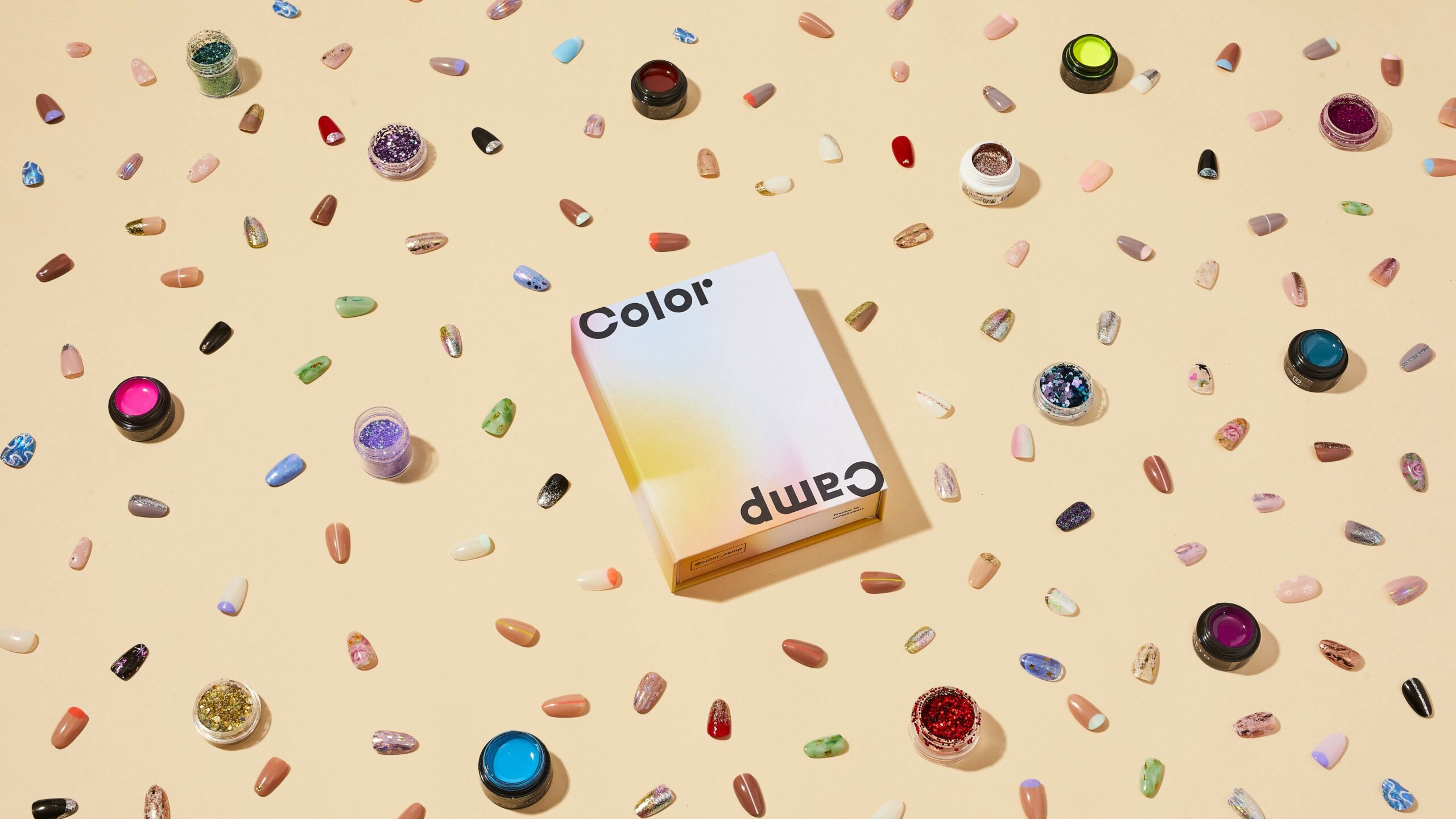
“What we were doing was so innovative, customers loved it, we had great repeat rates, but it was hard to acquire customers and our customer acquisition costs were unpredictable,” says Polino. “To have unparalleled quality with our made-to-order model, I didn’t know how to do that in a way that would have allowed us to be in Sephora or Amazon without being just another press-on nail. It was hard to think about how to translate Color Camp from a DTC to an omnichannel business.”
Looking back at Color Camp’s nail salons, Polino speculates she could’ve possibly made them profitable if she didn’t commit to W-2 workers and had nail artists that were 1099 independent contractors. However, she figures the booth renter concept doesn’t produce a consistent, branded format that can be expanded. Another route could’ve been a concept spanning a variety of beauty services, but Polino concludes consumers value specialization and the expertise that comes with it.
“If I were going to start a new nail company, which I’m not, what I would do is support independent nail artists through education and technology and helping the school systems in the industry better train artists on health and safety standards and empower them as business owners,” she says. “Giving them the business tools they need maybe is a way to improve the industry and maybe they will have better success than I was able to along with my peers.”
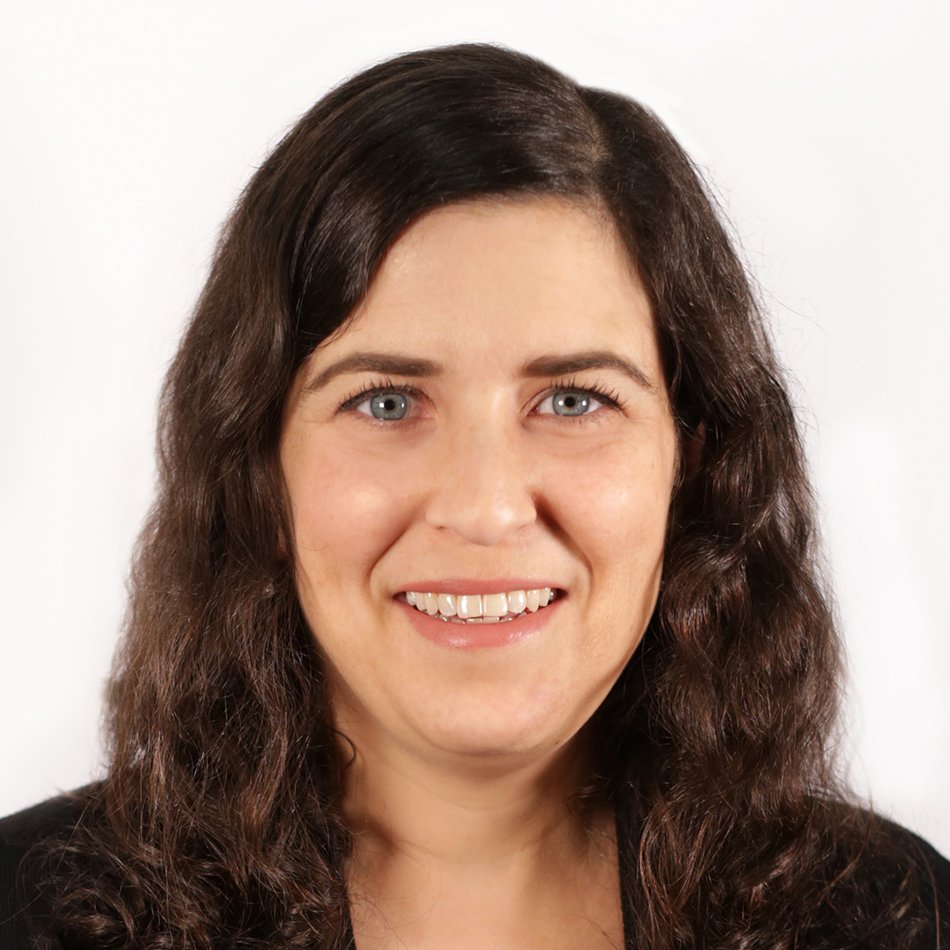
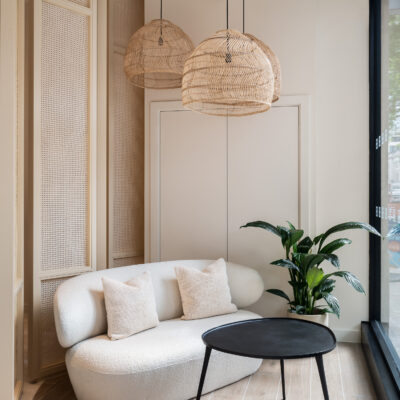
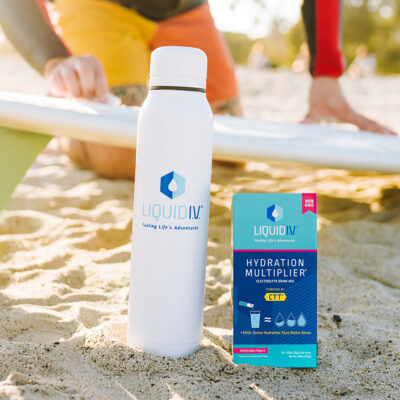
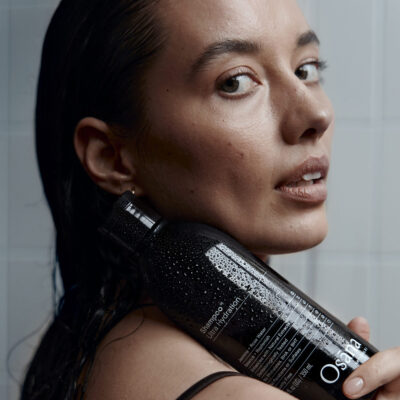
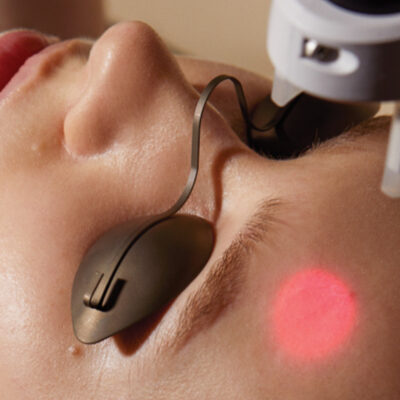
Leave a Reply
You must be logged in to post a comment.